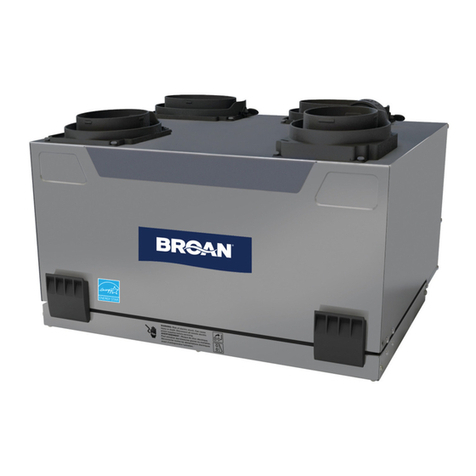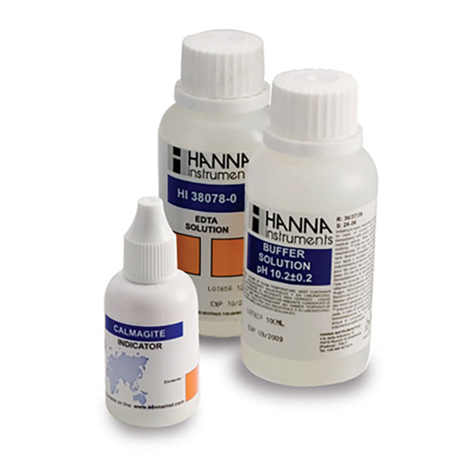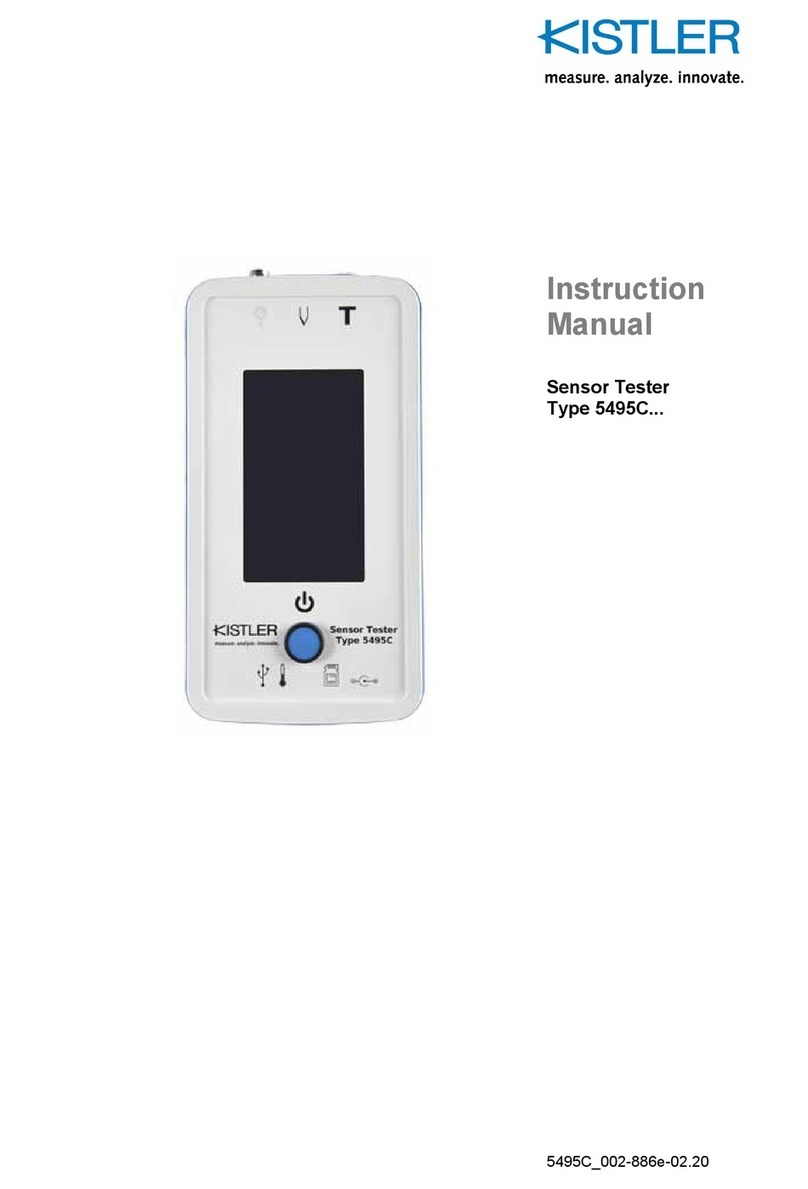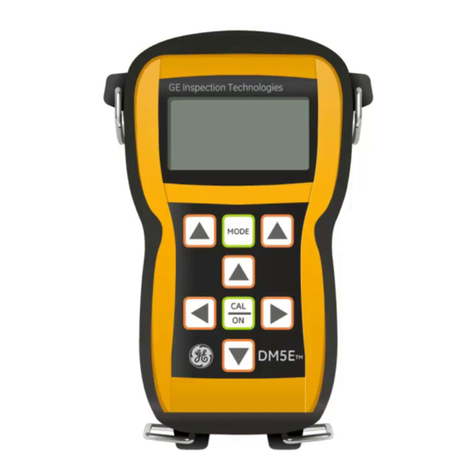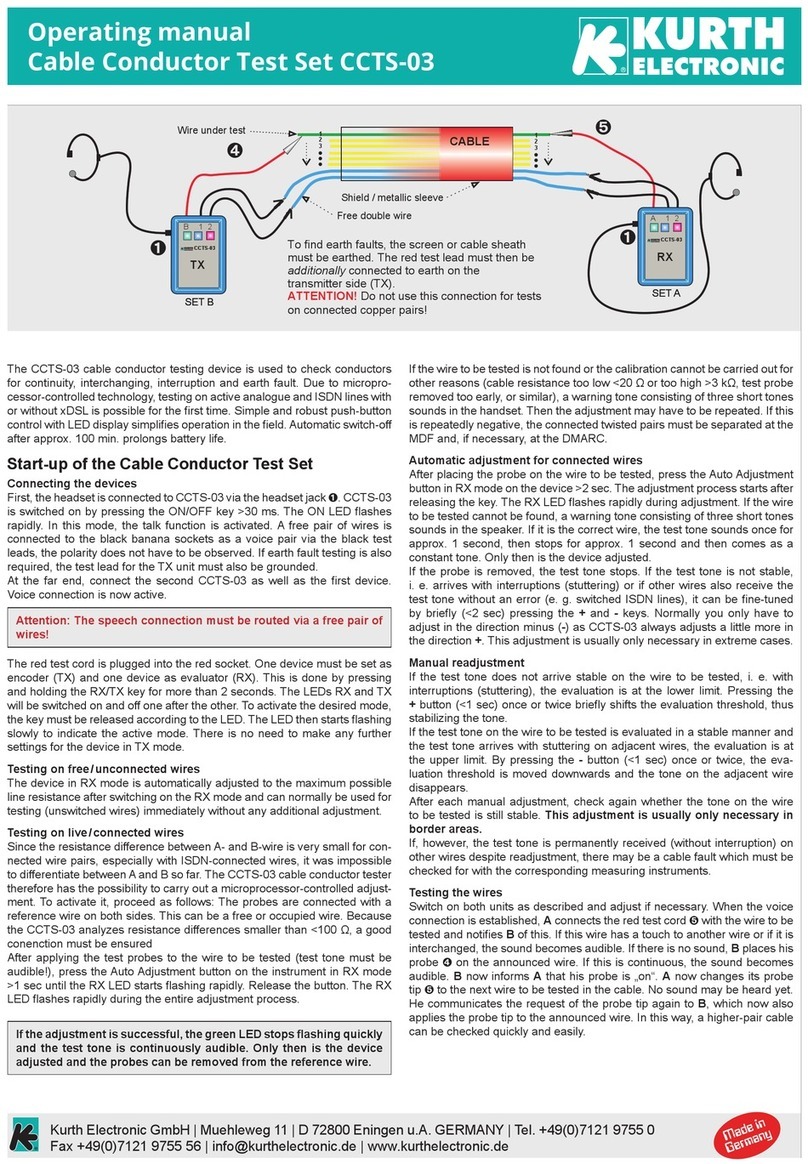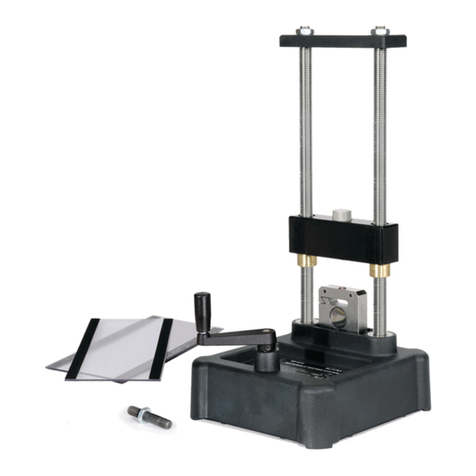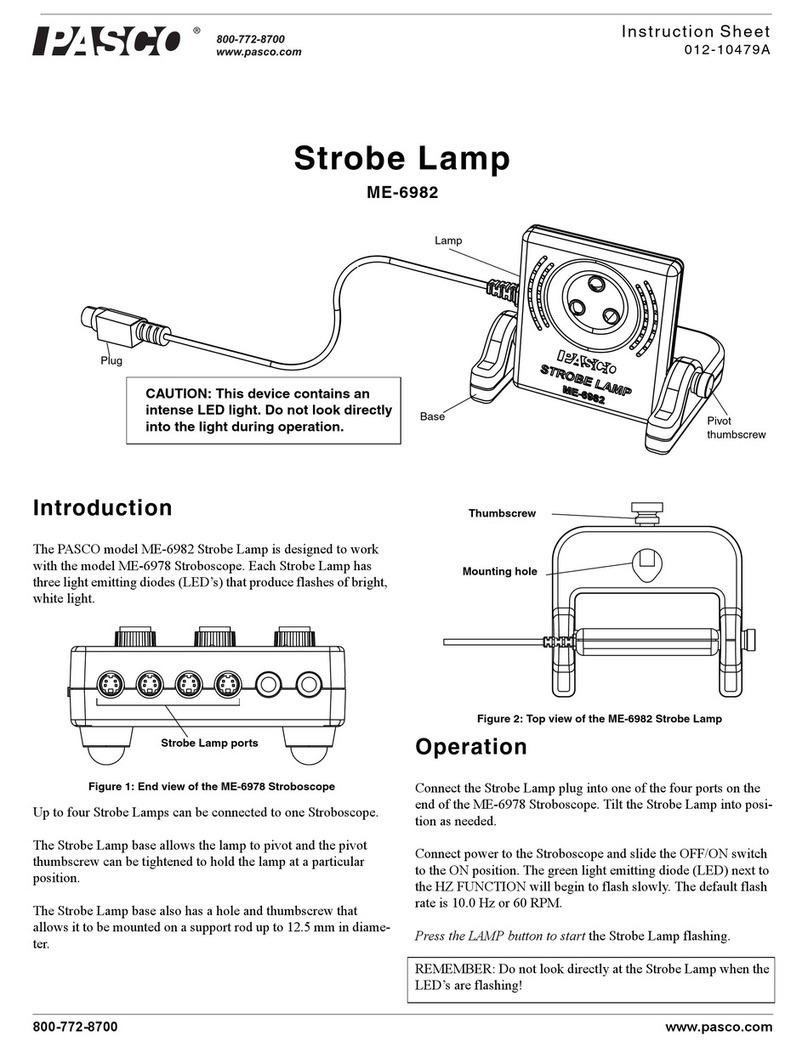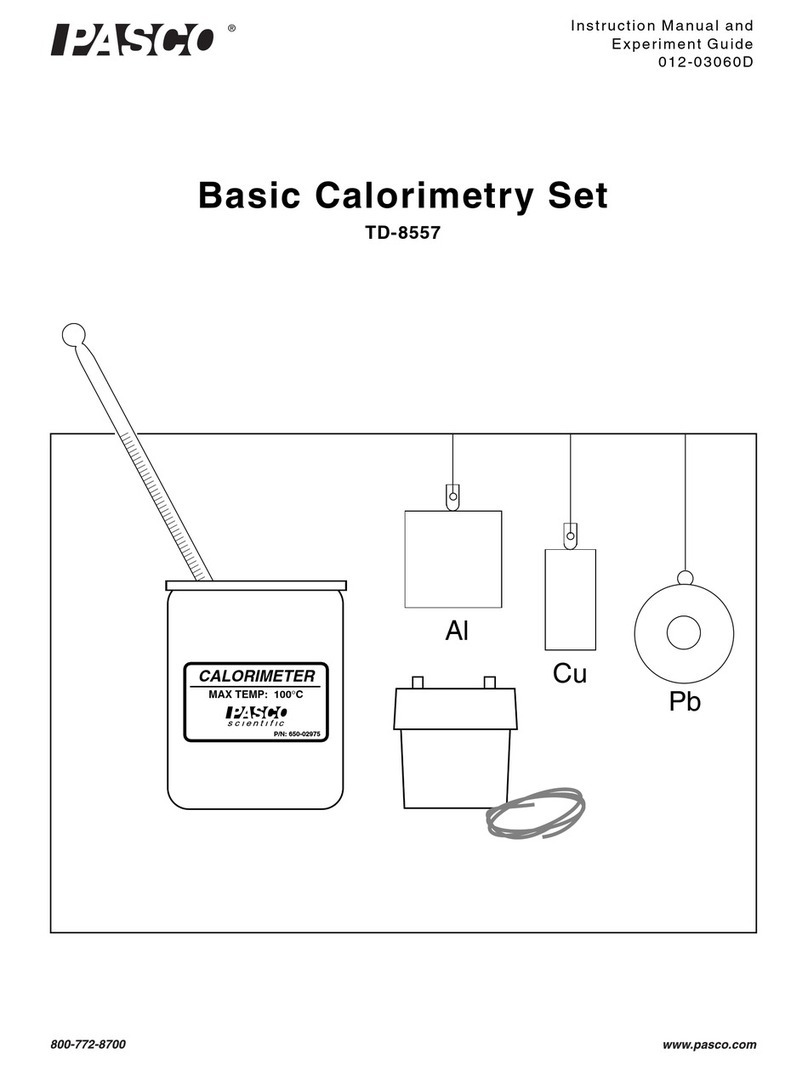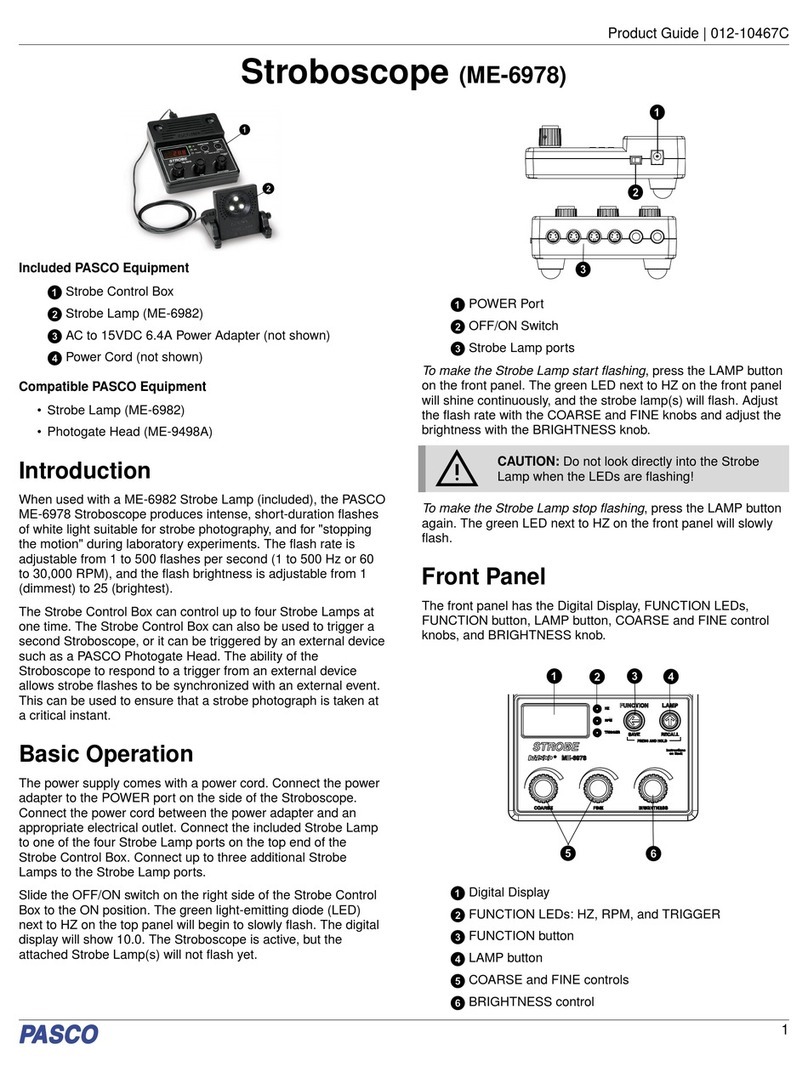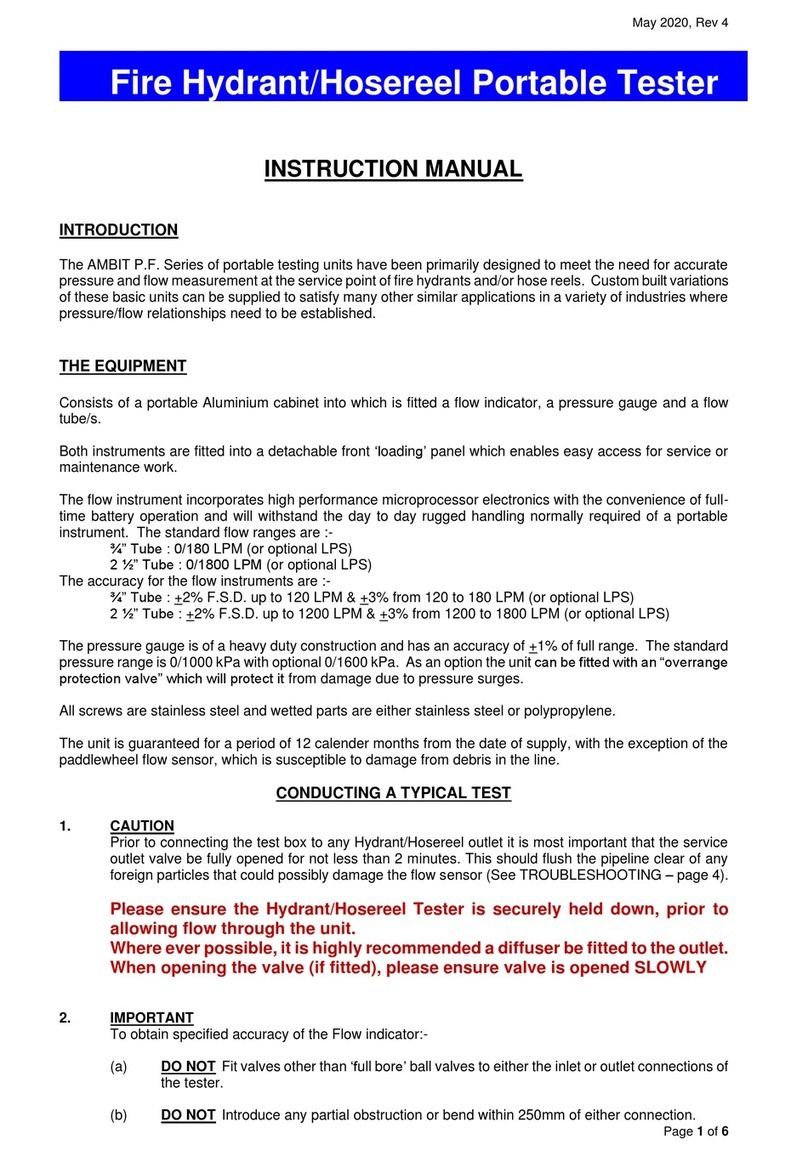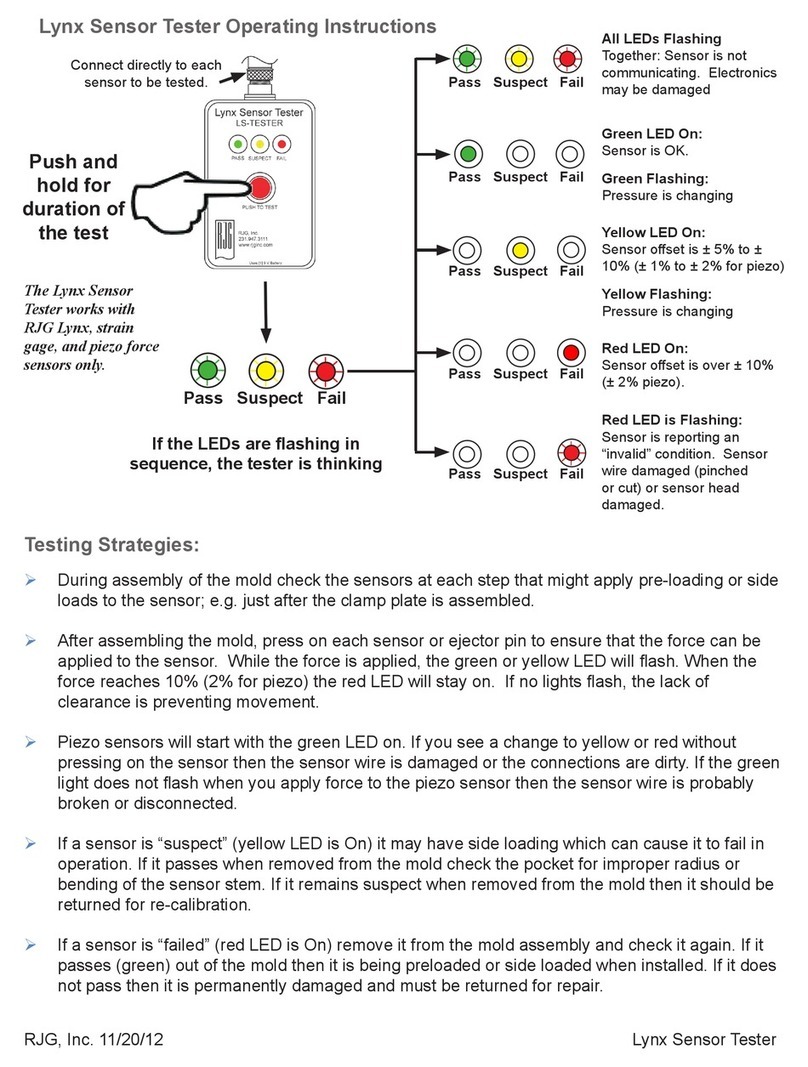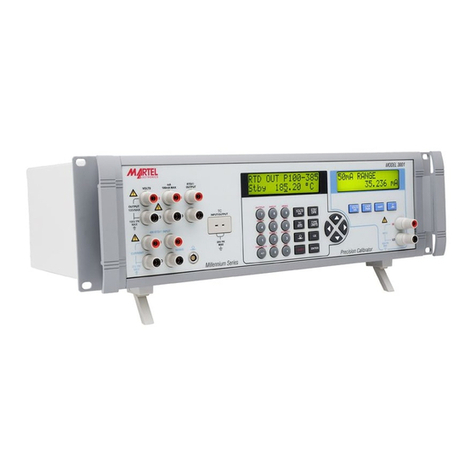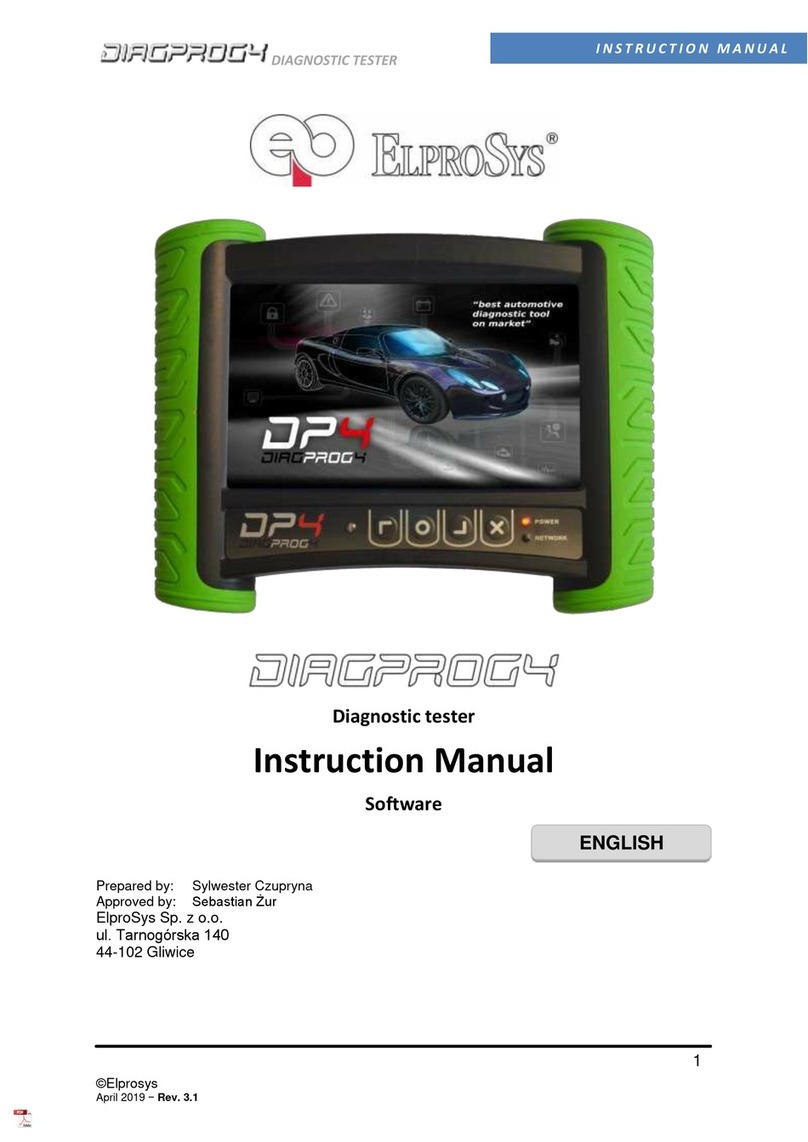
Current Probe (PS-2184)
Included Equipment
•Current Probe (PS-2184)
Additional Equipment Required
•Voltage Sensor, shrouded (UI-5100) OR unshrouded (UI-
5110)
Introduction
The Current Probe attaches to a PASCO voltage sensor to
enable the measurement of current between -4 A and +4 A. The
probe contains a 0.10 resistor. Current to be measured flows
through the resistor; the voltage sensor measures the resulting
potential across the resistor, which can be easily converted into
current measurements using PASCO Capstone or SPARKvue,
or using simple calculations.
Component Set-up
1. Insert the probe into a circuit where you want to measure
current. Positive current will flow from the red terminal on
one side of the probe to the black terminal on the opposite
side.
IMPORTANT: The voltage applied across the
probe should not exceed 0.4 V. The maximum
absolute voltage of the circuit should not exceed
10 V.
2. Connect the voltage sensor to the side-by-side red and
black terminals.
3. Plug the voltage sensor into one of the Analog Inputs on
the Universal Interface.
If you are using the UI-5100 or UI-5110 Voltage Sensor, current
is selectable in software as one of the sensor’s measurements.
For any sensor, multiply the measured voltage (in volts) by 10 to
find the current (in amps).
Measurement Set-up
Before using the current probe to measure current, it is
important to properly set up the voltage and current sensor.
Failure to do so may cause the system to display inaccurate
measurements of current.
1. Connect the voltage sensor to the current probe and
Universal Interface. Ensure that current is not flowing
through the current probe at this time.
2. Open PASCO Capstone, then select Hardware Setup. The
system should automatically identify the Universal Interface
plugged into your computer.
3. Click on the port corresponding to the Analog Input where
your voltage sensor is plugged in; from the dropdown
menu, select "Voltage Sensor".
4. Click on the icon next to the voltage sensor’s name to
open the Properties menu for the voltage sensor.
5. Adjust the Gain for the voltage sensor from the Properties
menu. It is recommended that you set the gain to 1000x for
this setup in order to decrease noise in the data; however,
make sure to set the gain back to 1x after setup unless you
are measuring very small currents.
6. Close the Properties menu, then double-click the "Graph"
icon in the Displays toolbar on the right.
7. Set up the graph so that the y-axis is measuring the voltage
from the voltage probe; the x-axis should then automatically
be set to measure time.
8. Press the start button to begin recording data.
9. While data is being collected, press "Zero Sensor Now"
on the lower toolbar to zero the sensor. (Note: you may
need to repeat this step a couple times in order to ensure
your measurement is accurate.)
You will know the sensor is properly set up when the voltage
measurement forms a straight line on the x-axis.
1. Connect the voltage sensor to the current probe and
Universal Interface. Ensure that current is not flowing
through the current probe at this time.
2. Open SPARKvue, then select Sensor Data. The system
should automatically recognize the PASCO Universal
Interface.
3. For the channel your voltage sensor is plugged into, click
the gear icon to open the "Assign Analog Adapter" menu.
4. Select "Voltage Sensor" from the dropdown list. It is
recommended that you set gain to "High (100x)" for the
setup to reduce noise; however, make sure to set the gain
back to 1x after setup is complete unless you are
measuring very small currents.
Product Guide | 012-10042B
1

